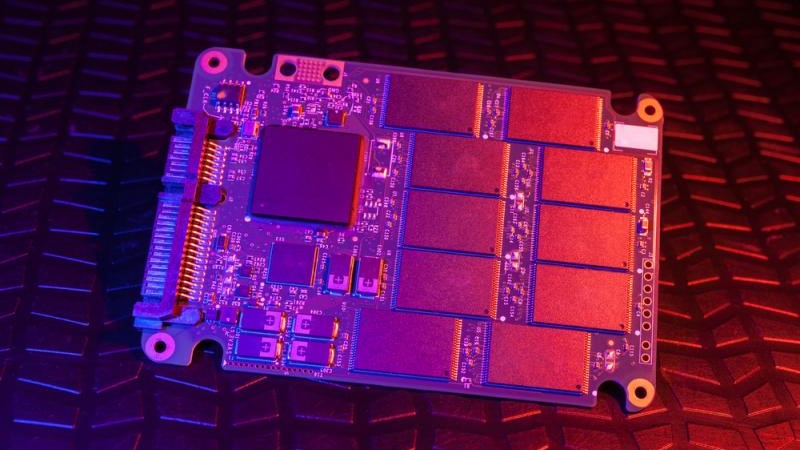WD, Kioxia scrap loads of flash memory due to contamination issue
So far 6.5 exabytes of flash memory have been affected

Contamination issues at two of Western Digital and Kioxia's NAND production facilities could impact up to 6.5 exabytes of flash memory.
As part of their 20-year-old joint venture, the two companies operate several NAND production factories. Two of which, the Kokkaichi and Kiakami factories in Japan, have now stopped production due to contamination.
In a statement, Kioxia (formerly Toshiba) said that the issue impacts the production of its 3D BiCS flash which is used in a wide range of SSDs and other products. Fortunately, its 2D flash production has not been impacted. While Kioxia is hoping for an “early recovery to normal operation”, the company did not provide details on how much of its production capacity has been impacted.
Meanwhile, Western Digital has released a separate statement explaining that the issue will reduce its production by at least 6.5 exabytes.
Increased NAND prices
In a new report, the market research firm TrendForce forecasts that NAND flash pricing could spike by five to 10 percent in Q2 as a result of the contamination at Western Digital and Kioxia's NAND production facilities.
Before the incident, the firm previously forecasted that the NAND flash market would see a slight oversupply the entire year with the average price from Q1 to Q2 facing downward pressure. In addition to the contamination issue, Samsung was also forced to slow down production due to a lockdown in the Chinese city of Xi'an.
The main reason these factory closures will likely impact the price of NAND flash is due to the fact that it can take two to three months to manufacture a 3D flash chip. As a result, any disruption to production will likely have an impact several months after production resumes.
Are you a pro? Subscribe to our newsletter
Sign up to the TechRadar Pro newsletter to get all the top news, opinion, features and guidance your business needs to succeed!
As Western Digital is the leading supplier of both SSDs and eMMC products, both of these will likely be most impacted. This means that if you're looking to upgrade your SSD or buy a new laptop, now would be the time to do so before the expected price increases occur during the second quarter of this year.
- We've also featured the best cloud storage, best portable SSD and the best large capacity drives
Via Tom's Hardware
After working with the TechRadar Pro team for the last several years, Anthony is now the security and networking editor at Tom’s Guide where he covers everything from data breaches and ransomware gangs to the best way to cover your whole home or business with Wi-Fi. When not writing, you can find him tinkering with PCs and game consoles, managing cables and upgrading his smart home.
